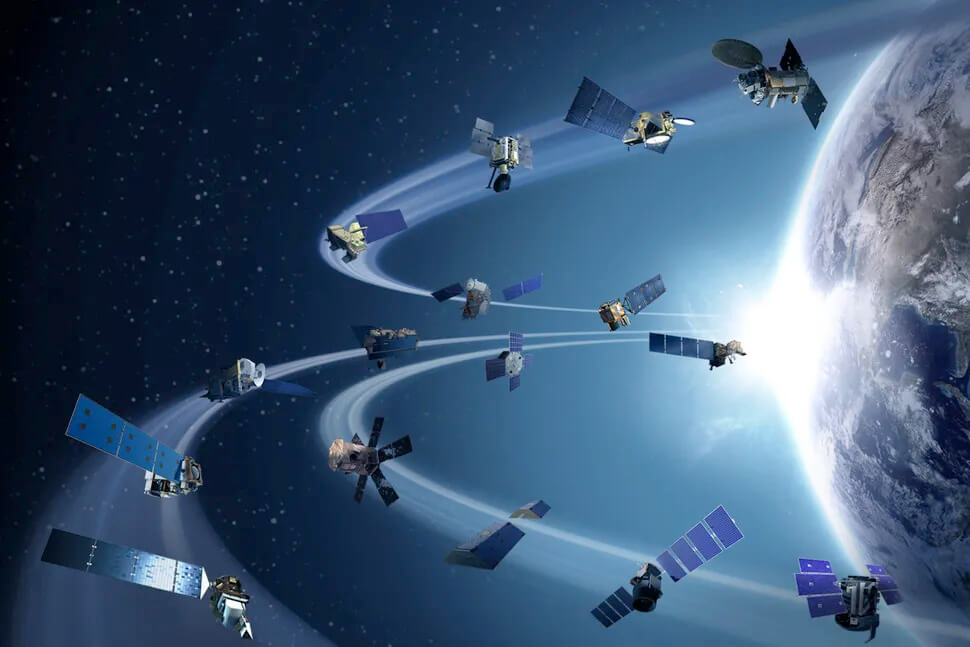Decoding cosmic evolution depends on accurately predicting the complex chemical reactions in the harsh environment of space. Traditional methods for such predictions rely heavily on costly laboratory experiments or expert knowledge, both of which are resource-intensive and limited in scope. Recently, a research team developed an innovative AI tool that predicts astrochemical reactions with high accuracy and efficiency, demonstrating that deep learning techniques can successfully address data limitations in astrochemistry. Titled "A Two-Stage End-to-End Deep Learning Approach for Predicting Astrochemical Reactions," this research was published May 15 in Intelligent Computing , a Science Partner Journal.
The team's framework was rigorously evaluated on the ChemiVerse dataset, which currently comprises 10,624 expert-verified astrochemical reactions. The team specifically focused on predicting reaction products from known reactants. The results show that the model achieved outstanding Top-k accuracy scores: 82.4% for Top-1, 91.4% for Top-3, 93.0% for Top-5, and 93.7% for Top-10 predictions, outperforming earlier state-of-the-art models by a significant margin. Top-k accuracy refers to the probability that the correct reaction product appears within the top k predicted candidates.
The team calls their method GraSSCoL, which is short for graph to SMILES and supervised contrastive learning. It is a deep learning model that directly learns from graph-structured data to generate potential reaction products represented as SMILES strings, and then optimizes the ranking of these products using contrastive learning techniques. SMILES, or simplified molecular input line entry system, is a widely used notation that encodes molecular structures as linear strings, facilitating computational processing of chemical species.
During the generative stage, a specialized graph encoder is combined with a transformer-based sequence decoder to generate candidate reaction products from given reactants. This graph encoder is specially adapted to handle astrochemical peculiarities, such as single-atom ions frequently found in space chemistry, by introducing a virtual edge mechanism that captures rich structural and chemical information beyond traditional 1-dimensional molecular fingerprints.
In the ranking optimization or re-ranking stage, GraSSCoL addresses the hallucination problem common to generative models, where invalid or chemically implausible products may be predicted. This phase uses supervised contrastive learning to pull together representations of similar samples—reactants and products from the same reaction—while pushing apart dissimilar ones. To further improve prediction accuracy, the team fine-tunes chemical sequence representations through transfer learning on ChemBERTa, a pre-trained language model based on chemistry databases relevant to astrochemistry.
The team also applied a rigorous five-fold cross-validation training regimen with Adam optimization, beam search decoding strategies, and careful hyperparameter tuning to maximize predictive performance and robustness.
While GraSSCoL marks a significant advancement, the study acknowledges current limitations: it does not yet address reactions involving photo-dissociation or ion-neutral charge exchange processes because sufficient data were not available. Future work aims to integrate large language models and build an expanded dataset to enable condition-specific reaction predictions—such as those accounting for temperature and hydrogen density—to ultimately build a more comprehensive map of astrochemical reaction networks.






